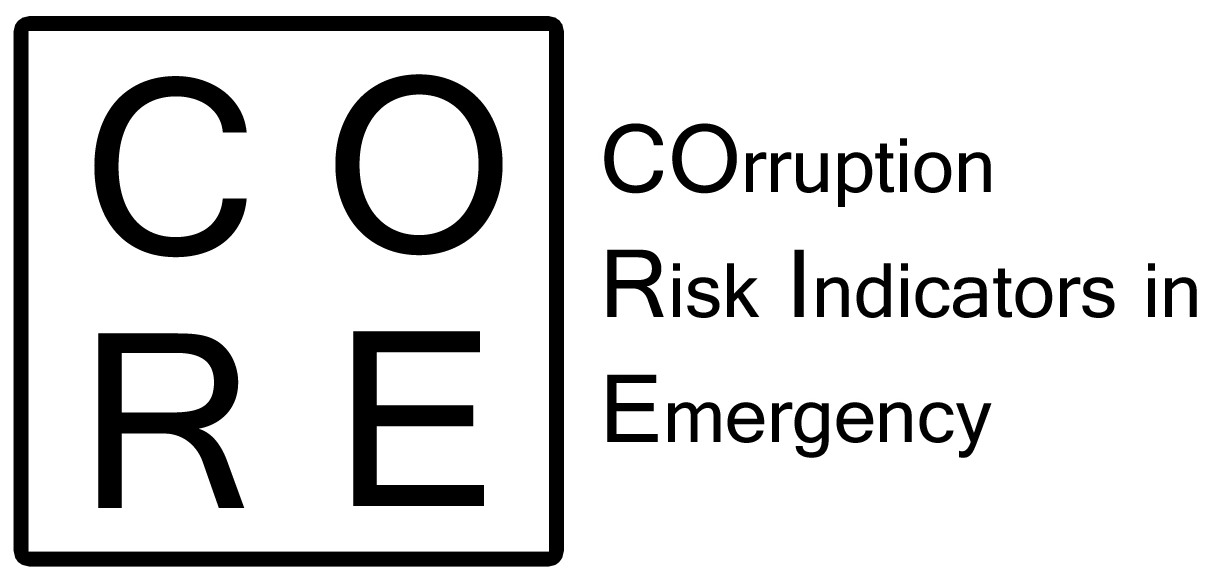Controlling corruption, by preventing fraud, malfeasance and misconduct is crucial for governments who need to allocate resources across competing priorities surrounded by uncertainty. Corruption prevention can be addressed by implementing a wide range of instruments, from education and public awareness, to administrative anti-corruption national programmes and their subsequent assessment through surveys and corruption risk assessment.
Although corruption risk assessment is increasingly enabled by data availability, risk assessment does not end with this. A major challenge in the measurement of complex and latent phenomena such as corruption risks consists of summarizing information available from a set of single indicators (i.e. red flags) into a single metrics, such as a Composite Indicator (CI) of corruption risk.
CO.R.E deals with the subsequent risk assessment phases by concentrating on the many methodological choices – i.e., data reduction techniques; normalization, aggregation and weighting schemes; choice of data mining functions and algorithms etc. – implied in the process of construction of a synthetic/composite indicator (CI) of corruption risk in public procurement. The final goal is validating a replicable and robust statistical procedure for CI construction within a corruption risk measurement procedure.

